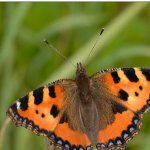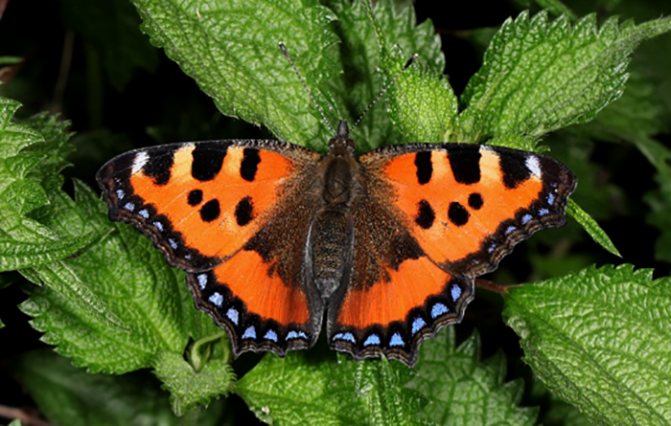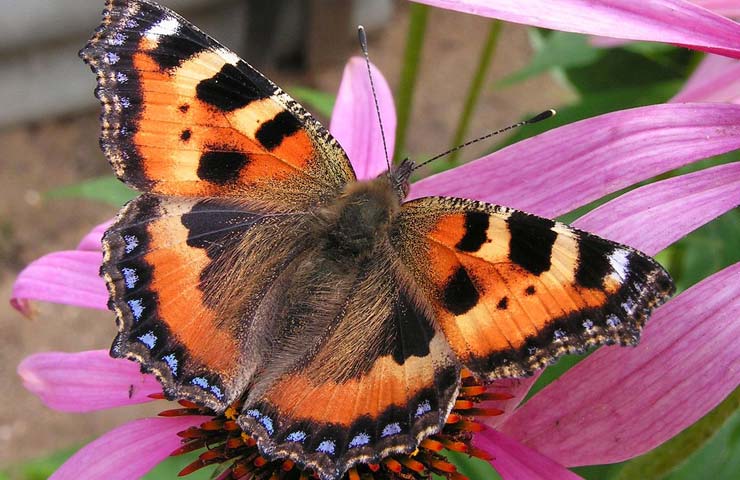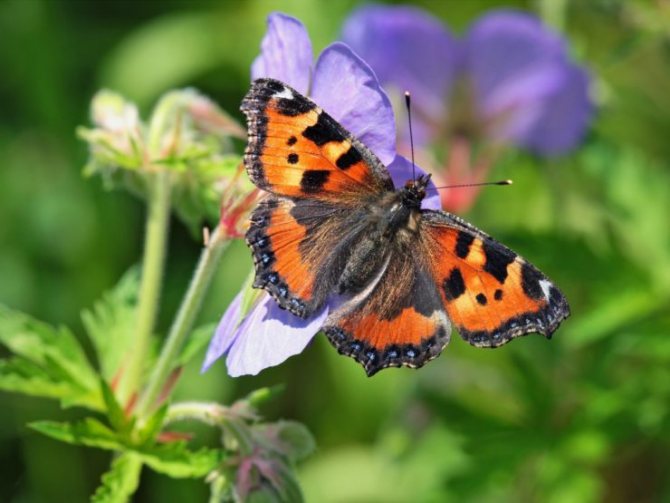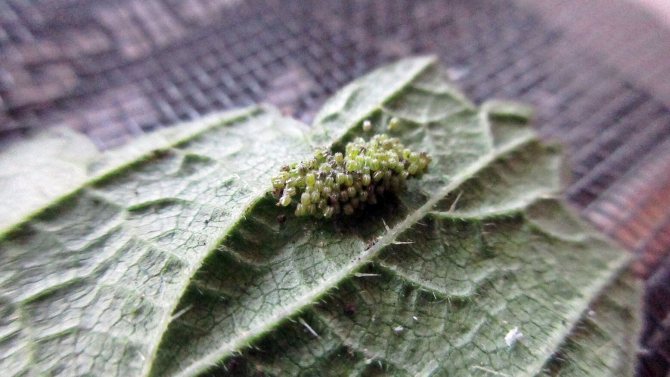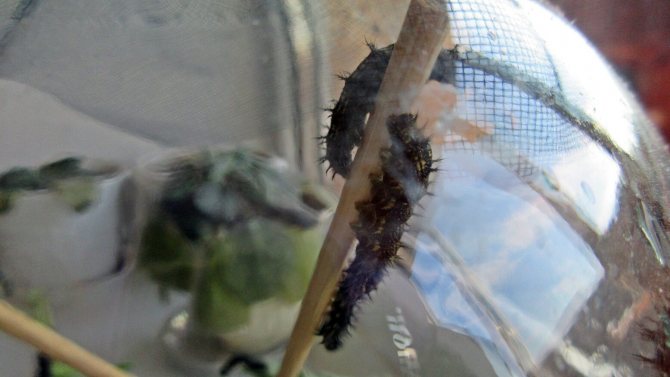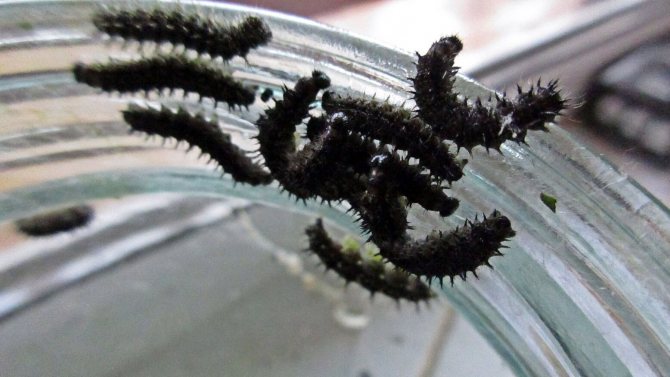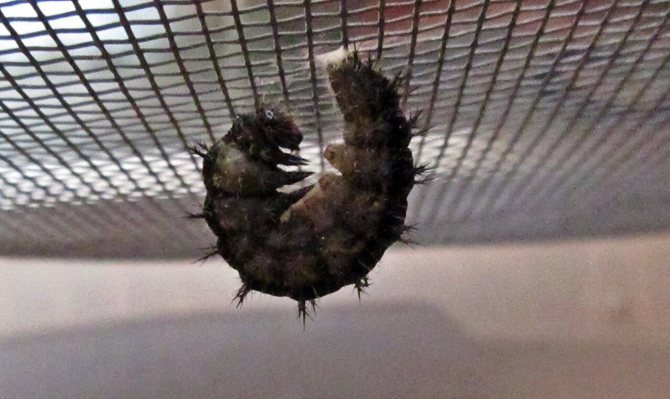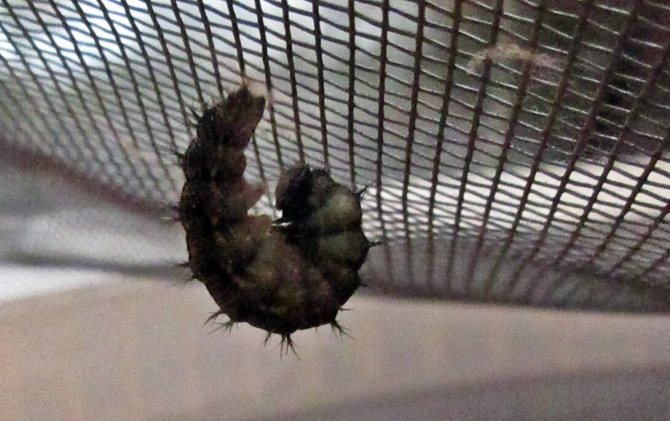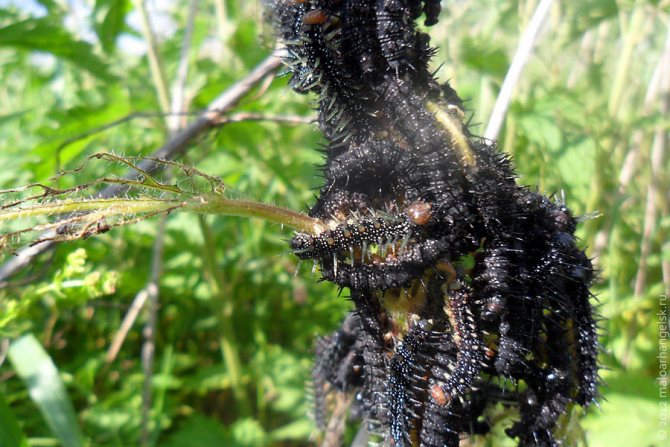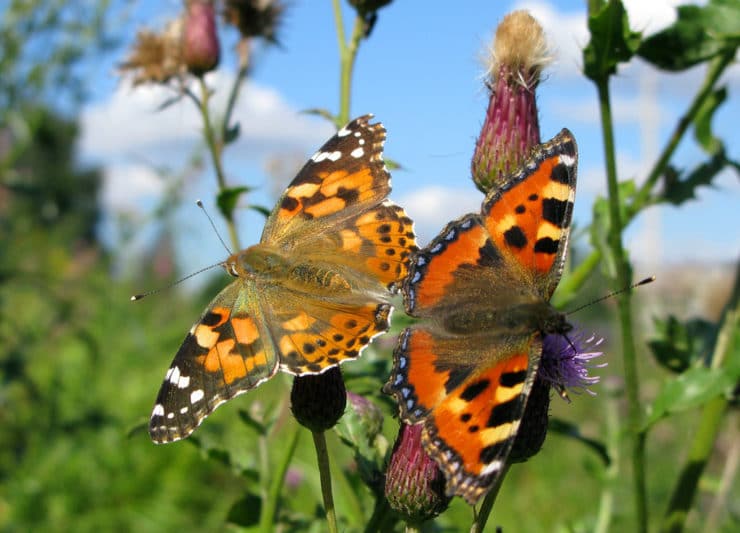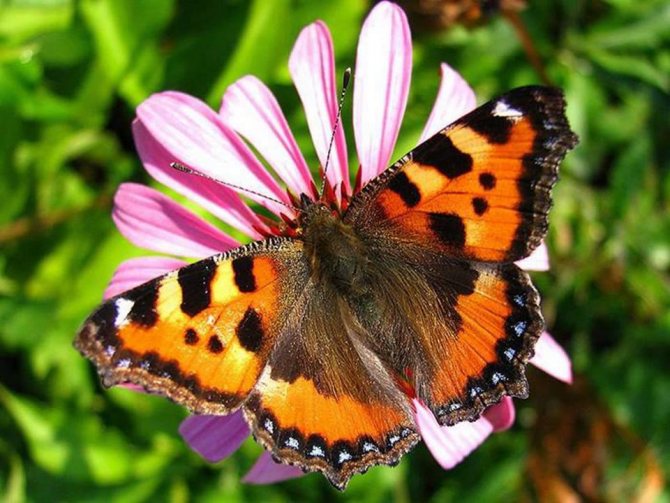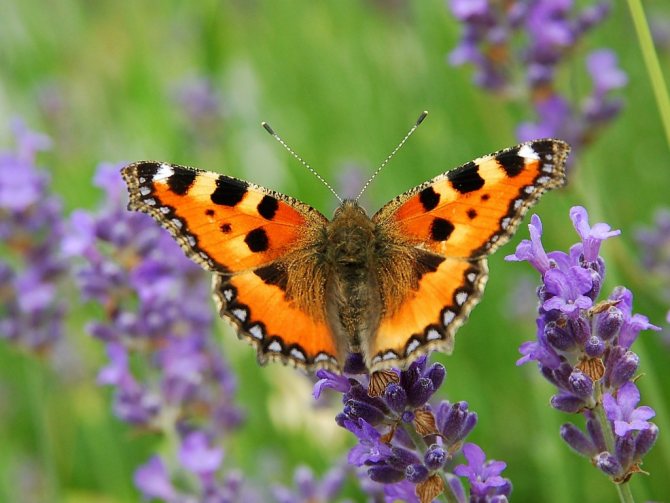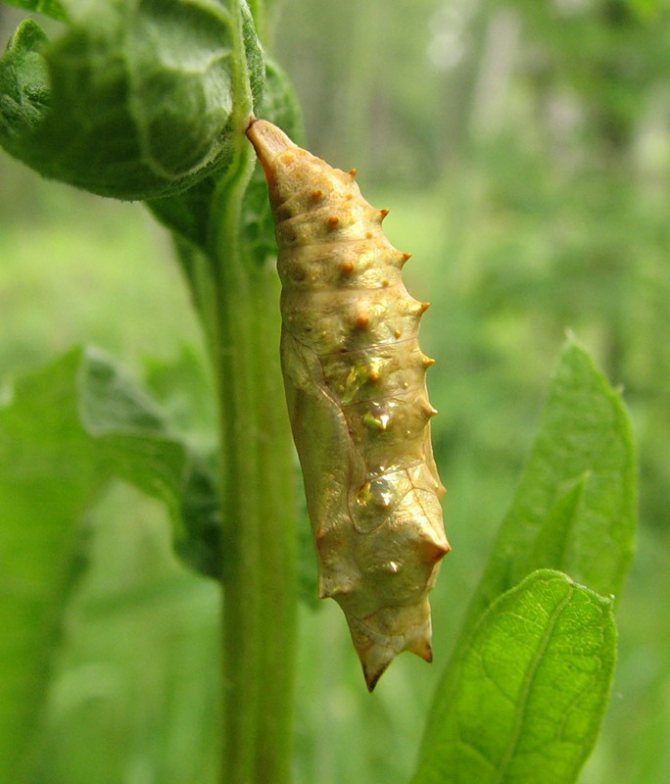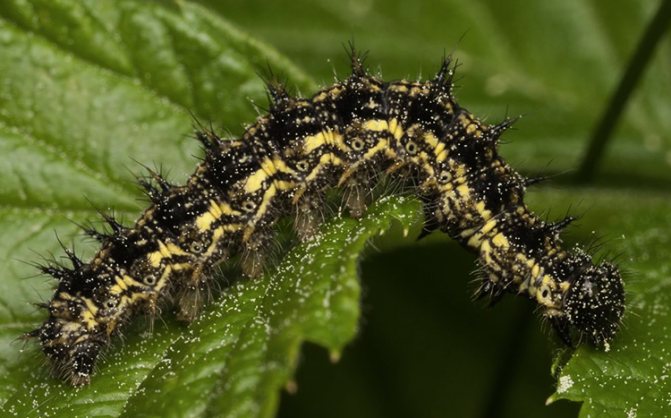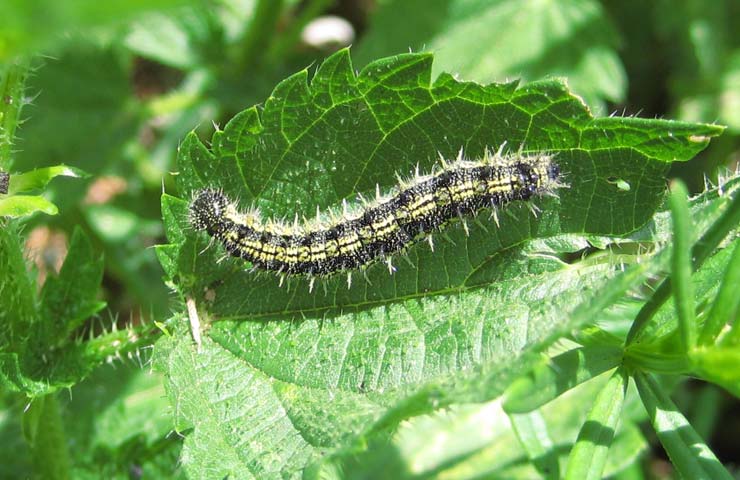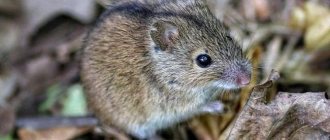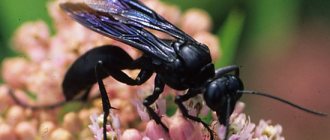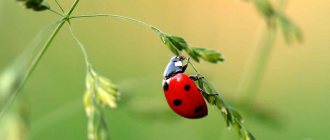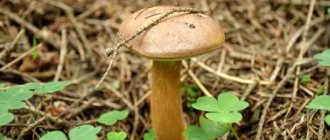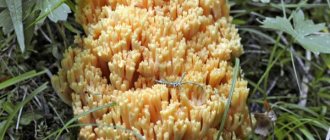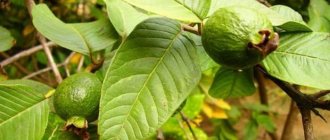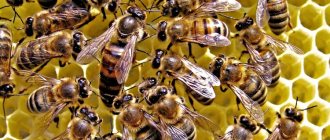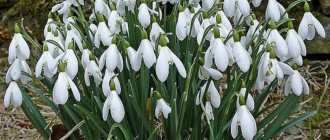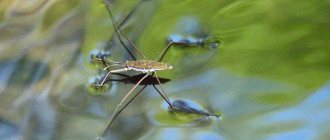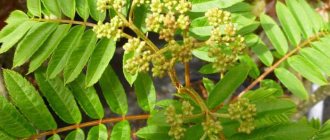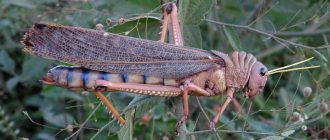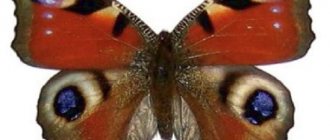The habitat of urticaria butterflies
The urticaria butterfly is most common in central Russia. You can see it not only in the field, but also in forests, parks, squares and on quiet city streets. Urticaria prefers to live in quiet places, well sheltered from strong winds. When it starts to rain, the butterfly looks for shelter in the crevices of trees, hollows and often under the roofs of residential buildings or indoors (verandas, sheds, high-rise buildings, etc.). The urticaria has very delicate wings, and people often damage them, trying to help the "chocolate girl", trying to release her outside.
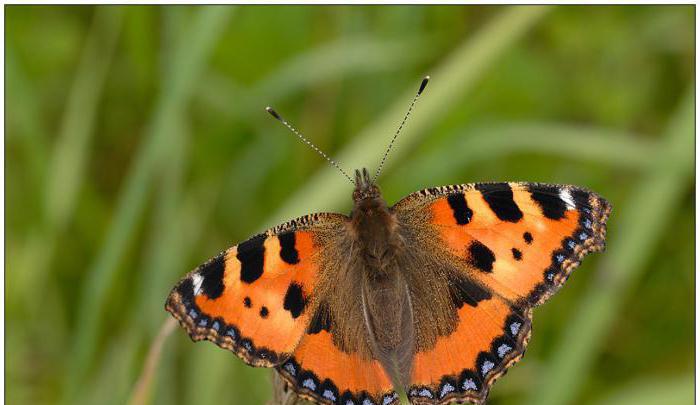
Classification
There are the following subspecies of urticaria [8]:
- Aglais urticae var. baicalensis - Sayans, Transbaikalia
- Aglais urticae var. chinensis - North Vietnam, China
- Aglais urticae var. connexa - southern part of the Ussuri valley, South Sakhalin, Kuriles, Japan
- Aglais urticae var. eximia - valleys of the Amur and Ussuri rivers
- Aglais urticae var. kansuensis
- Aglais urticae var. polaris - Northern Europe, Siberia, Far East
- Aglais urticae var. stoetzneri from Sichuan
- Aglais urticae var. turcica - Southern Europe, Caucasus, Transbaikalia, Kopet-Dag, Central Asia
- Aglais urticae var. urticae - Europe, Western Siberia, Altai. Nominative subspecies
Urticaria coloring
What does a urticaria butterfly look like and how to distinguish it from other species? She has reddish-brown wings, reaching 5 centimeters in span. They are covered with large black spots, which are separated by yellow stripes. There are large white spots on the front wings. The bases of all the wings are black, and the basal parts are dark brown. The outer edges have small denticles and crescent-like projections framed by bright blue specks.
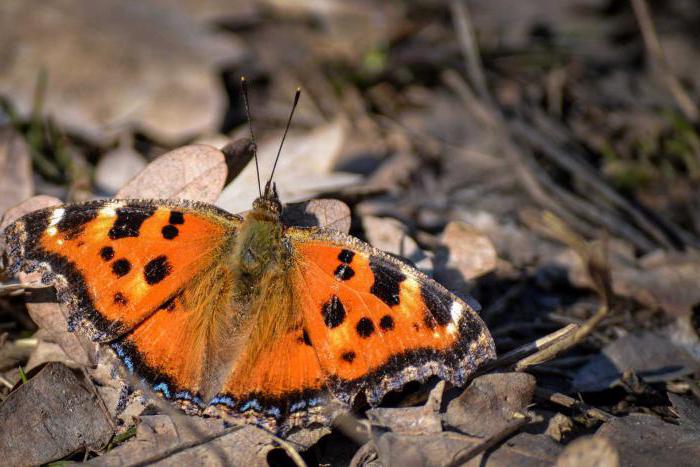

External distinctive features
An adult butterfly is striking in its beauty.
- It has a bright orange or brick color.
- Each wing has its own unique pattern. It is like a human fingerprint. There are no two identical patterns in nature.
- The nettle caterpillar is black or dark in color. Elongated yellow stripes are located along the entire body.
- There are also short villi on the body. In length, it reaches 5 cm.
On a note!
Looking at the photo of the urticaria caterpillar, it is easy to confuse it with the caterpillars of the daytime peacock's eye. These two species have many similarities in appearance. To reliably determine the identity of an individual, you should pay attention to the plant on which it was found.
Caterpillar urticaria
Butterfly urticaria: a description of its reproduction
Hives multiply several times throughout the summer. The butterfly is named after the nettle. And it is no coincidence. Only on the back of the leaves of this plant can a butterfly lay eggs for further reproduction. Moreover, she can do this several times over the summer. The caterpillar of the urticaria butterfly hatches from the egg, which then pupates. Nettle during this period looks like a New Year tree, framed with golden balls.
Caterpillars appear almost black in color with small longitudinal bright yellow lines. Their whole body is covered with small thorns. Caterpillars molt several times during growth, becoming more and more.
What are the interesting facts
Some interesting facts are associated with hives:
- in Scotland, such butterflies are called "devils";
- hives and cabbage are able to distinguish some colors;
- hives are able to adapt to different conditions, so their range of residence is wide enough;


Butterflies love birch sap
- each butterfly has a unique pattern on its wings;
- individuals remember the period when they were caterpillars;
- butterflies love to drink fermented birch sap.
Hives are considered a symbol of the soul and immortality. The insect is associated with love, beauty, success and prosperity.
In ancient Rome, it was believed that these were not insects at all, but flower buds that were ripped off by a sharp gust of wind. In Japan, it is a symbol of an innocent and youthful soul. Marriage dances are associated with family happiness.
Insects do not harm agriculture. No country has a negative image of an individual. Unlike other representatives, urticaria has never been tried to exterminate. Therefore, individuals exist in sufficient numbers and are not introduced and are not protected. In the next 10-20 years, their disappearance is impossible.
Pupation of urticaria
The urticaria butterfly pupates very interestingly. First, a caterpillar appears, which hangs upside down on a leaf of a plant. It is attached to the nettle with a sticky mass, which it produces itself. After a while, the shell of the caterpillar falls off, revealing an angular pupa, which remains hanging on the leaf of the plant for another 2-3 weeks.
Then the larva bursts and a butterfly is born. Her wings at this moment are very short. But what is surprising is that they grow to large sizes in almost a few minutes. It is very difficult to distinguish a male from a female even for specialists. They are almost indistinguishable.
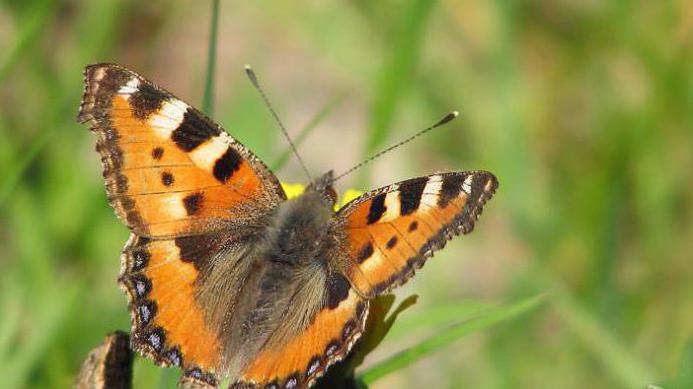

Popular message topics
- May beetle (species, lifestyle, what they eat)
May beetles are arthropod insects. It is also called May Khrushch. This name comes from the fact that they appear en masse in nature in spring in May. The time of appearance falls on the period of blooming of the leaves of the trees. - City of Stavropol
The city of Stavropol is the administrative center of the entire Stavropol Territory. It is both a cultural and industrial city. It combines well the old traditions and modern advanced technologies. - Buttercup
Buttercups are a whole family of herbaceous plants. The flowers got their name Ranunculus (from Latin rana - "frog") in connection with their habitat. They most often grow in or near water. The flowering period begins in spring.
How hives tolerate winter time
The urticaria butterfly does not die with the onset of cold weather. In early autumn, as soon as it gets cool, she looks for tree hollows or cracks in them. This becomes her shelter from cold nights, as well as her "home" for the winter. In the afternoon, while the autumn sun is still warming, the urticaria flies out.
But at the end of autumn, the days are getting colder. And as soon as the temperature gets too low for butterflies, they hibernate. In winter, hives freeze through and through, turning into ice shards, but they do not die. As soon as the first rays of the warm spring sun begin to warm up, the butterflies come out of hibernation. But in early spring it is not easy for the awakened "chocolate girls" to maintain their existence, since there is still very little food for them. Nettle is also scarce, so the conditions for reproduction are not suitable, and you have to wait for some time.
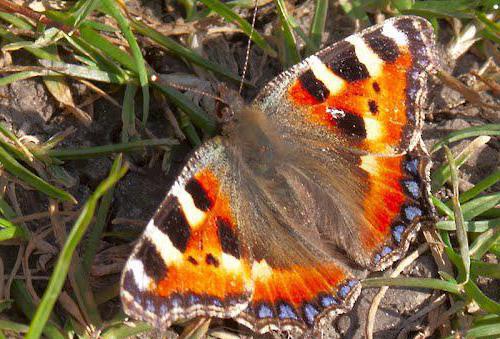

Urticaria live for about nine months and belong to the category of "wintering butterflies". As mentioned above, they are born in the summer. Then, until the winter period, they feed and go into hibernation. In the spring, after the nettle grows up, they lay eggs on the leaves of this grass, and this is where the life cycle of urticaria butterflies ends.
What a way of life
Butterflies begin their summer in early spring when the sun begins to warm. 1-2 generations change per year, depending on the climate:
- in northern latitudes - 1;
- in southern latitudes - 2.
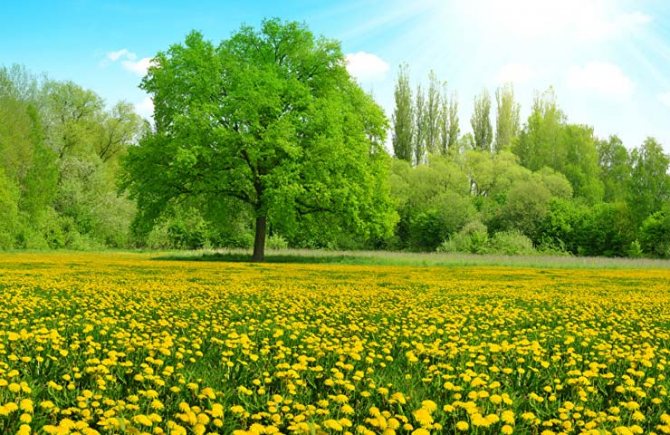

Butterflies love warm, sunny weather
You can see butterflies from early spring to September. Hives are sensitive to environmental conditions such as drought. The number of insects decreases with decreasing humidity levels. This is due to a reduction in the amount of water and essential substances in the nettle leaves. Lack of nutrition slows down the development of caterpillars.
Butterflies are diurnal and are active only until the evening. Insects hide in shelters at night and in bad weather. Caves, tree hollows, rock ledges are chosen as a temporary shelter. Individuals prefer to live near people, since it is easier to find a place to hide this way.
In the form of a caterpillar, the insect feeds on nettle leaves. After turning into a butterfly, the main food is flower nectar. It is the lifeblood of hives.
Hives are also reinforced by:
- blackberries;
- dandelion;
- elecampane;
- thistle.
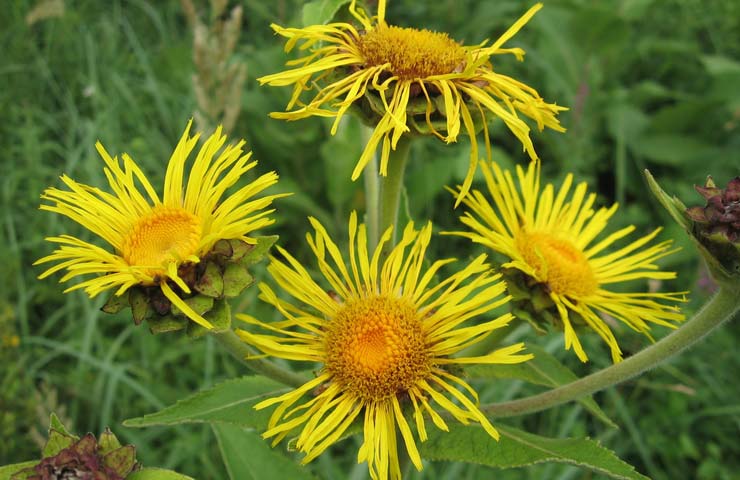

In addition to nettle, it can eat elecampane
Under satisfactory conditions, the butterfly lives for 8 months. The insect has a long life cycle. Hives are forced to constantly defend themselves against enemies, including:
- birds;
- rodents;
- reptiles.
There is a high probability of being affected by parasites. Flies are capable of laying eggs on nettle leaves, which will later be eaten by caterpillars. Inside the body, they grow and eat up all the organs.
The harm and benefits of the insect
The benefit of these insects for humans is that they pollinate plants, which directly affects the amount of future harvest. In search of nectar, butterflies fly from one plant to another, pollinating them along the way. On their wings, the nymphalids carry delicate pollen to the flowers. Hives have firmly established themselves in second place in the ranking of pollinating insects. Bees are the first on this list.
There is no data on the harm that adults can cause to agricultural plantations. These are absolutely not poisonous creatures. They do not bite and do not pose a threat to human health. Only caterpillars can be considered pests. Feeding on plants, the larvae are capable of harming agricultural plantings.
If there are too many caterpillars on the garden plot, their large number is most likely due to a violation of the rules for the rotation of crops and steam in the time of placement in the plots or fields, or the abuse of chemicals. So that they do not damage the plantings, you need to maintain a natural balance in the garden.
Habitat and lifestyle (when he wakes up, what he eats, etc.)
Representatives of this type of nymphalids are widespread. They live on the territory of European countries, they are found in Asia Minor and Central Asia, Siberia, China, Mongolia, Japan, Korea, Yakutia, Magadan region, in the north of Vietnam and Kamchatka. In our country, there are practically no places where these daytime butterflies do not live. They are not found except in the territory of the Far North. Chocolate girls are not found in Ukraine, the Baltics, Belarus, Moldova, Transcaucasia, Kazakhstan and the Caucasus.
These insects live in park areas, meadows, forest edges. They live not only in the valleys. Representatives of this species of Lepidoptera often settle in the mountains at significant altitudes above sea level.
Folding their wings, they become like a dried gray leaf. Butterflies hibernate in caves, hollows and under the bark of trees. In winter, they can be found in basements and in the attics of residential buildings, where they are taken for wintering. Occasionally they use balconies for this purpose. Chocolates often wake up during the winter thaws.
The first overwintered insects in our country appear in early spring - in April. Unlike caterpillars, adults feed on more than nettles, hops, and hemp. The adult also eats dandelion, blackberry, marjoram, tartar, primrose and elecampane.At the end of summer, representatives of this species of Lepidoptera eat more than usual.
The urticaria butterfly is a diurnal one. During the day, she is busy pollinating flowers and searching for food. With the onset of darkness, the insect hides in a shelter. How long representatives of this species of Lepidoptera live depends largely on weather conditions. During a drought, they die, since the lack of precipitation negatively affects the moisture and nutrient content in the leaves of plants. The lack of trace elements leads to the weakening of the larvae and the slowdown in their growth and development.
A lot of interesting facts are known about the urticaria butterfly:
- like human fingerprints, each individual has a unique pattern that is unique to it;
- due to the special structure of the eyes, representatives of this variety of nymphalids are able to distinguish colors, and they see moving objects more clearly than stationary ones;
- hives are able to predict the weather - if on a cloudless day a winged forecaster rushes about in search of shelter, after 2-3 hours the sky will be covered with clouds and a downpour will begin, possibly with thunder and thunder;
- in Scotland, these beautiful creatures are called devils;
- insects are able to remember the period when they were in the second phase of their life cycle;
- the favorite delicacy of these representatives of the nymphalid family is birch sap with obvious signs of fermentation;
- chocolate women live in the Alpine mountains at an altitude of 3 thousand meters, in the Himalayas they often settle at an altitude of more than 4.5 thousand meters above sea level.

